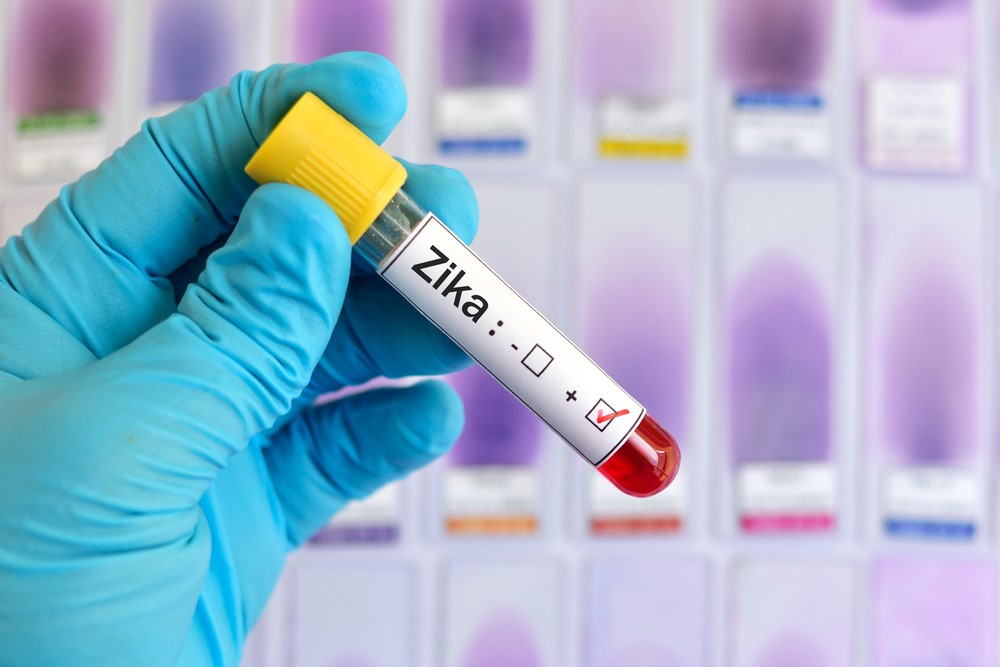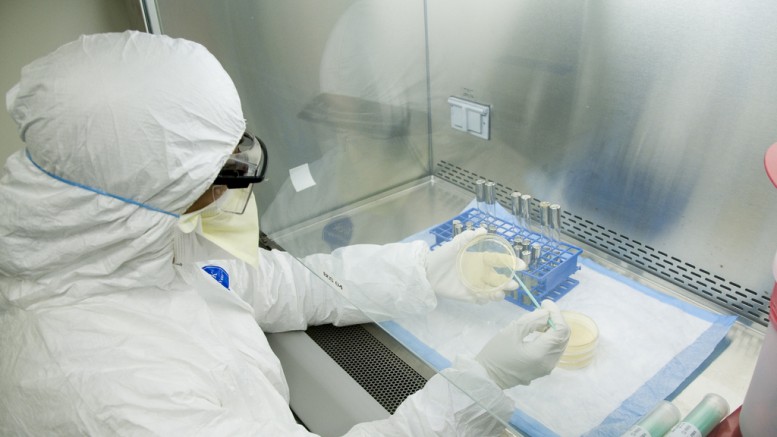For people who have at-risk jobs with potential exposure to deadly or highly contagious illnesses, specific training is put in place to minimize risk and enhance the safety of all employees. Especially in the current times with the Covid-19 pandemic, finding out the necessary safety protocols to prevent the spread of infectious disease is crucial to the health of every member of society.
What is bloodborne pathogens training?
Bloodborne pathogens training is a specific course designed for those at risk for on-the-job exposure to bodily fluids and blood that can transmit contagious and harmful diseases between two people. Employees at high risk need to take a course that explains how bloodborne pathogens are transmitted, how to avoid exposure to infectious disease, and the safety steps required to take if they are exposed to pathogens.
Taking a bloodborne pathogens training course is a must-have requirement of the OSHA Bloodborne Pathogens Standard, ensuring the employee knows their workplace’s rules, requirements, safety procedures, and preventative measures to avoid the spread of disease.
Upon completion of the bloodborne pathogens training, employees will have a one-year bloodborne pathogens certification for use at their job.
What are bloodborne pathogens?
Bloodborne pathogens are infectious organisms found in bodily fluids or blood that can cause contagious diseases in all humans. Some of the most common bloodborne pathogens we see today are Hepatitis C, Hepatitis B, and HIV. People may get infected with a pathogen via sharing bodily fluids, needle sticks, and other work-related injuries to expose employees to bloodborne pathogens.
Those who operate in a health field, housekeepers, healthcare personnel, and first responders are all at greater risk of being exposed when compared to other occupations. People who have been exposed to bloodborne pathogens must immediately respond to prevent any long-term damage.

To control exposure to bloodborne pathogens, employers must ensure all of their employees have completed bloodborne pathogens training and received official certification. Employers must set up employee protection measures, prevent the spread of pathogens, provide personal protective clothing, use protective equipment, including medical surveillance, and provide hepatitis B vaccinations to employees.
Employers can follow the guidelines required by the OSHA’s Bloodborne pathogens standard to ensure their workplace is protected and their employees are as safe as possible during the workday. Employers must use OSHA standard medical devices, needleless devices, and other safety mechanisms to prevent the spread of illnesses.
Conclusion
Employees who work in the health industry need to take bloodborne pathogens training and receive an accredited certification to show they understand how to prevent the spread of pathogens, safety measures that prevent the spread of bloodborne illnesses, and what to do if they have been exposed.
Employers need to take precautions to focus on the safety, health, and longevity of their employees at their company. By following OSHA standards, businesses can protect their employees from catching any bloodborne pathogens while at work and provide education on what to do if an accident occurs at a high-risk occupation.
